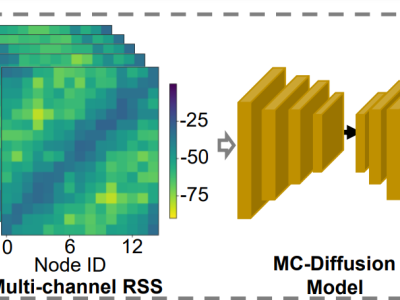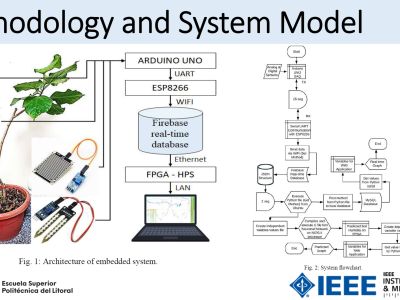Underground Root Tuber Sensing with Wireless Networks

- Citation Author(s):
-
Tao Wang
- Submitted by:
- Huang Zhibin
- Last updated:
- DOI:
- 10.21227/kc6n-vt68
- Data Format:
 169 views
169 views
- Categories:
- Keywords:
Abstract
We introduce a wireless potato root tuber sensing (WPS) dataset comprising multi-channel received signal strength(RSS) data from a wireless network and ground truth annotations for potato root tubers. We design a testbed called spin, which is based on a multi-channel wireless network, the wireless network is consist of 16 TI CC25231 nodes deploy on a white rack, using this testbed, we conduct extensive measurement expriments. We first perform expriments in a static environment. considering the effect of environmental changes, we perform two sets of expriments to investigate the effects of human activities and relocation of environmental objects. To ensure data diversity,we perform experiments in three environments: an empty hallway, an office meeting room, and a compact living room. Additionally, we perform experiments using soil with different moisture levels. In conclusion,our WPS dataset includes 1816,768 ZigBee network link measurements and 1150 ground truth annotations.
Instructions:
The dataset's file structure is depicted as follows:
Contained within the WPSDataset.zip are multi-channel received signal strength(RSS) data from a wireless network and the corresponding ground truth annotations. These data come from four experiments,the data in case1 folder were collected in a static environment and and contains ten different sized potatoes, each of which was rotated 28 times in three random positions.The data in the case2 folder corresponds to two different environmental changes, human activity and relocation of environment objects.The case3 folder contains data collected under three different scenarios and two different soil moisture conditions.
The multi-channel received signal strength(RSS) data from a wireless network are stored as '.txt' files, and the corresponding ground truth annotations are stored as '.npy' files.







